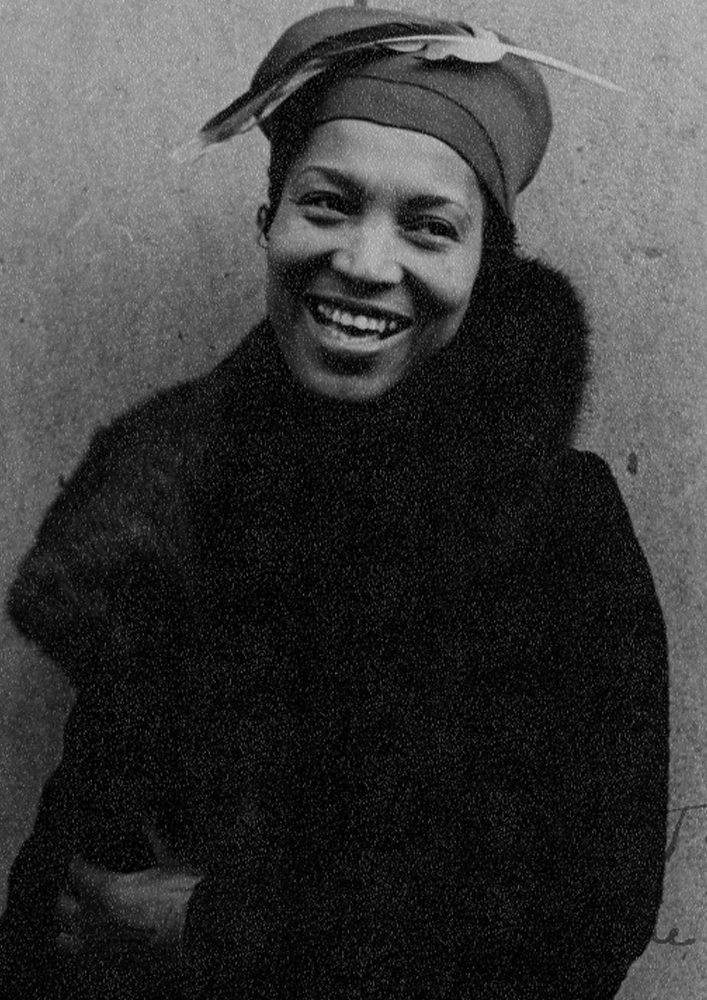Zora Neale Hurston
(1891-1960) Harlem Renaissance Writer, Activist, born in Alabama in 1891, Zora Neale Hurston became a fixture of New York City’s Harlem Renaissance, thanks to novels like Their Eyes Were Watching God and shorter works like “Sweat.” She was also an outstanding folklorist and anthropologist who recorded cultural history, as illustrated by her Mules and Men. Hurston died in poverty in 1960, before a revival of interest led to posthumous recognition of her accomplishments. Upon receiving a Guggenheim fellowship, Hurston traveled to Haiti and wrote what would become her most famous work: Their Eyes Were Watching God (1937). The novel tells the story of Janie Mae Crawford, who learns the value of self-reliance through multiple marriages and tragedy. Although highly acclaimed today, the book drew its share of criticism at the time, particularly from leading men in African-American literary circles. Author Richard Wright, for one, decried Hurston’s style as a “minstrel technique” designed to appeal to white audiences.
Hurston moved to New York City’s Harlem neighborhood in the 1920s. She became a fixture in the area’s thriving art scene, with her apartment reportedly becoming a popular spot for social gatherings. Hurston befriended the likes of Langston Hughesand Countee Cullen, among several others, with whom she launched a short-lived literary magazine, Fire!!
Along with her literary interests, Hurston landed a scholarship to Barnard College,where she pursued the subject of anthropology and studied with Franz Boas. Hurston established herself as a literary force with her spot-on accounts of the African-American experience. One of her early acclaimed short stories, “Sweat” (1926), told of a woman dealing with an unfaithful husband who takes her money, before receiving his comeuppance. Hurtson also drew attention for the autobiographical essay “How It Feels to be Colored Me” (1928), in which she recounted her childhood and the jolt of moving to an all-white area. Additionally, Hurston contributed articles to magazines, including the Journal of American Folklore. Hurston published her first novel, Jonah’s Gourd Vine, in 1934. Like her other famed works, this one told the tale of the African-American experience, only through a man, flawed pastor John Buddy Pearson. Having returned to Florida to collect African-American folk tales in the late 1920s, Hurston went on to publish a collection of these stories, titled Mules and Men (1935). In 1942, she published her autobiography, Dust Tracks on a Road, a personal work that was well-received by critics. In the 1930s, Hurston explored the fine arts through a number of different projects. She worked with Hughes on a play called Mule-Bone: A Comedy of Negro Life—disputes over the work would eventually lead to a falling out between the two—and wrote several other plays, including The Great Day and From Sun to Sun.

Zora Neale Hurston was born on January 7, 1891, in Notasulga, Alabama. Her birthplace has been the subject of some debate since Hurston herself wrote in her autobiography that Eatonville, Florida was where she was born. However, according to many other sources, she took some creative license with that fact. She probably had no memories of Notasulga, having moved to Florida as a toddler. Hurston was also known to adjust her birth year from time to time as well. Her birth day, according to Zora Neale Hurston: A Life in Letters (1996), may not be January 7, but January 15. Hurston was the daughter of two former slaves. Her father, John Hurston, was a pastor, and he moved the family to Florida when Hurston was very young. Following the death of her mother, Lucy Ann (Potts) Hurston, in 1904, and her father’s subsequent remarriage, Hurston lived with an assortment of family members for the next few years. To support herself and finance her efforts to get an education, Hurston worked a variety of jobs, including as a maid for an actress in a touring Gilbert and Sullivan group. In 1920, Hurston earned an associate degree from Howard University, having published one of her earliest works in the university’s newspaper.
For all her accomplishments, Hurston struggled financially and personally during her final decade. She kept writing, but she had difficulty getting her work published. A few years later, Hurston had suffered several strokes and was living in the St. Lucie County Welfare Home. The once-famous writer and folklorist died poor and alone on January 28, 1960, and was buried in an unmarked grave in Fort Pierce, Florida.

